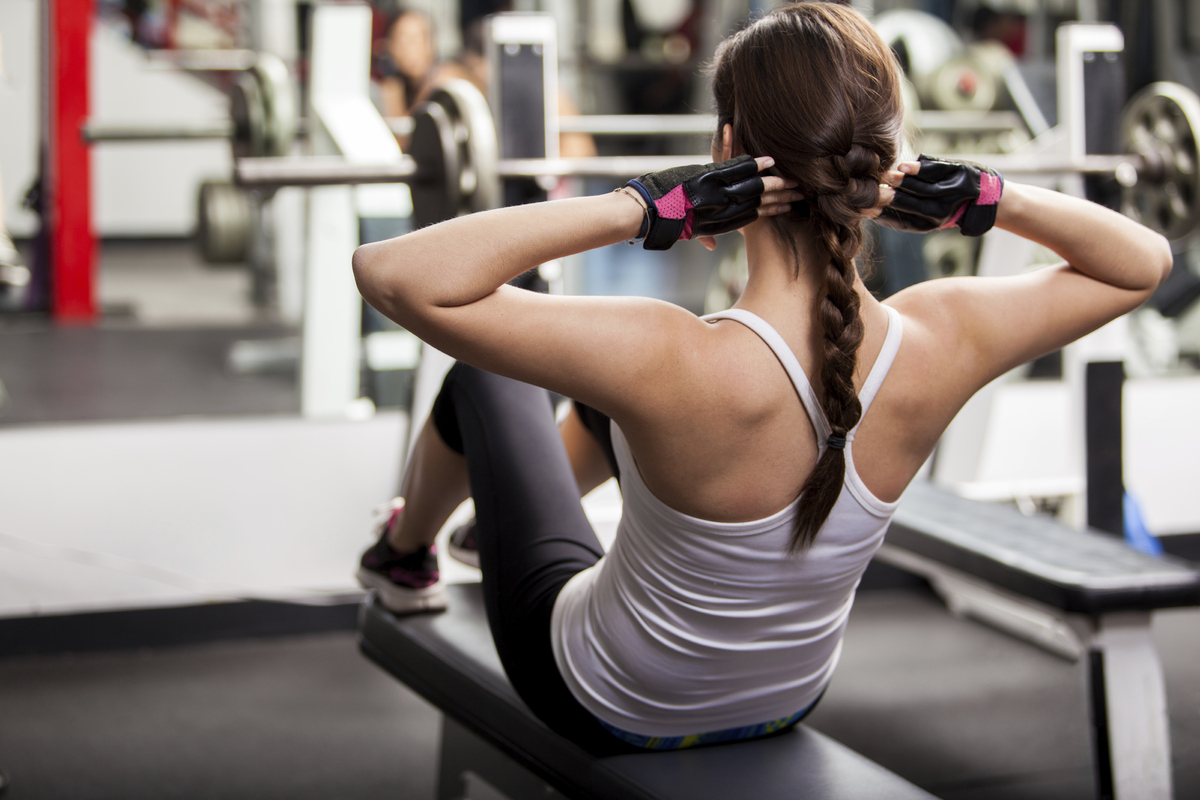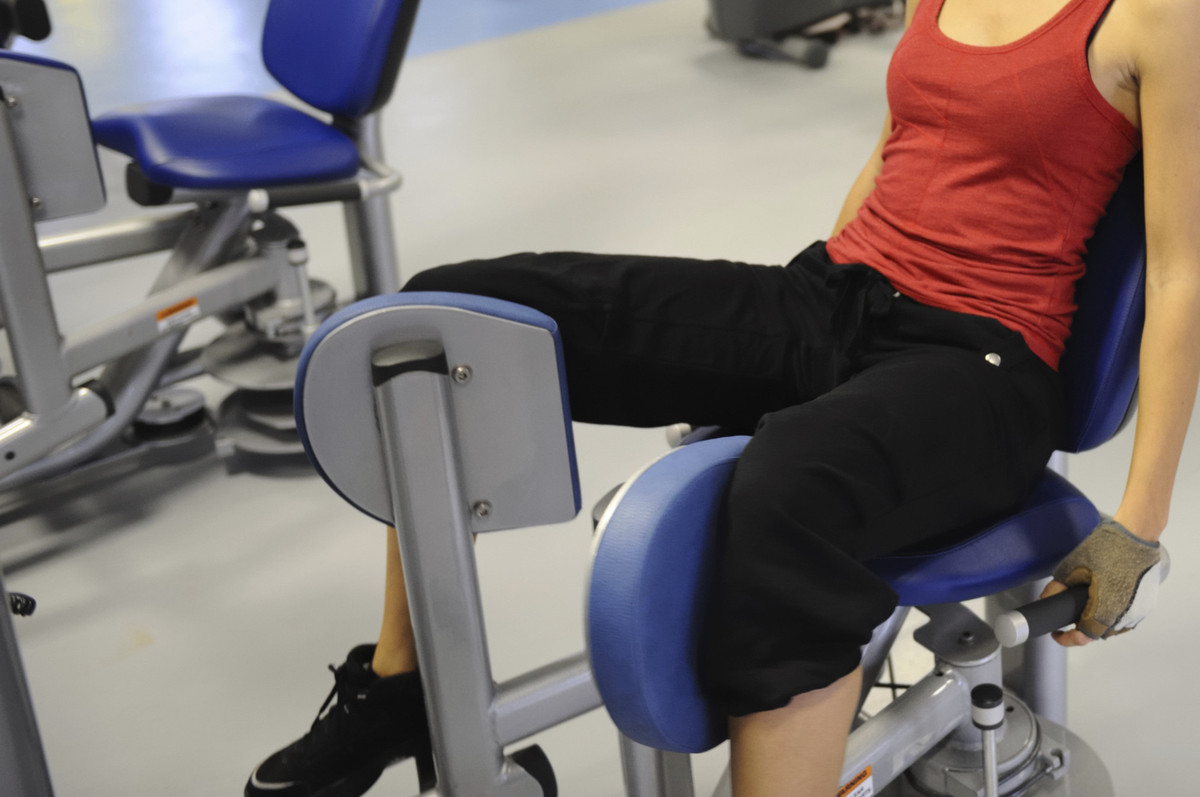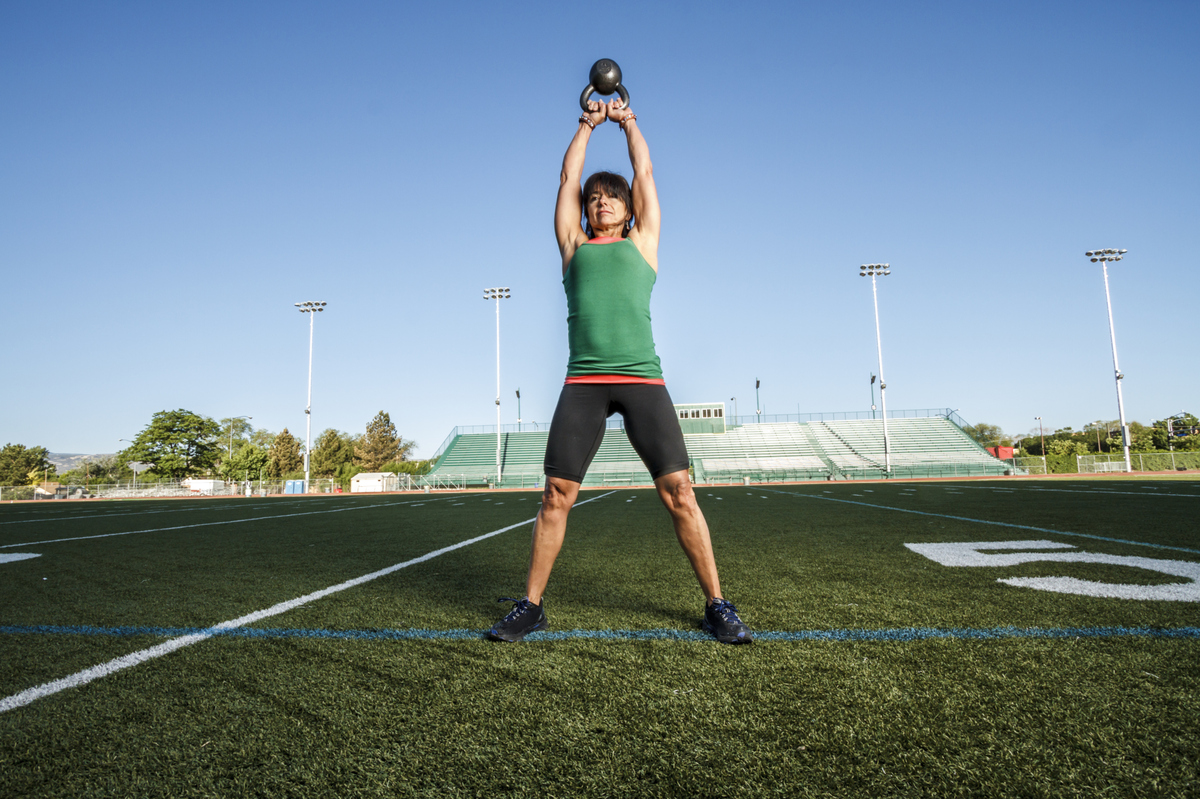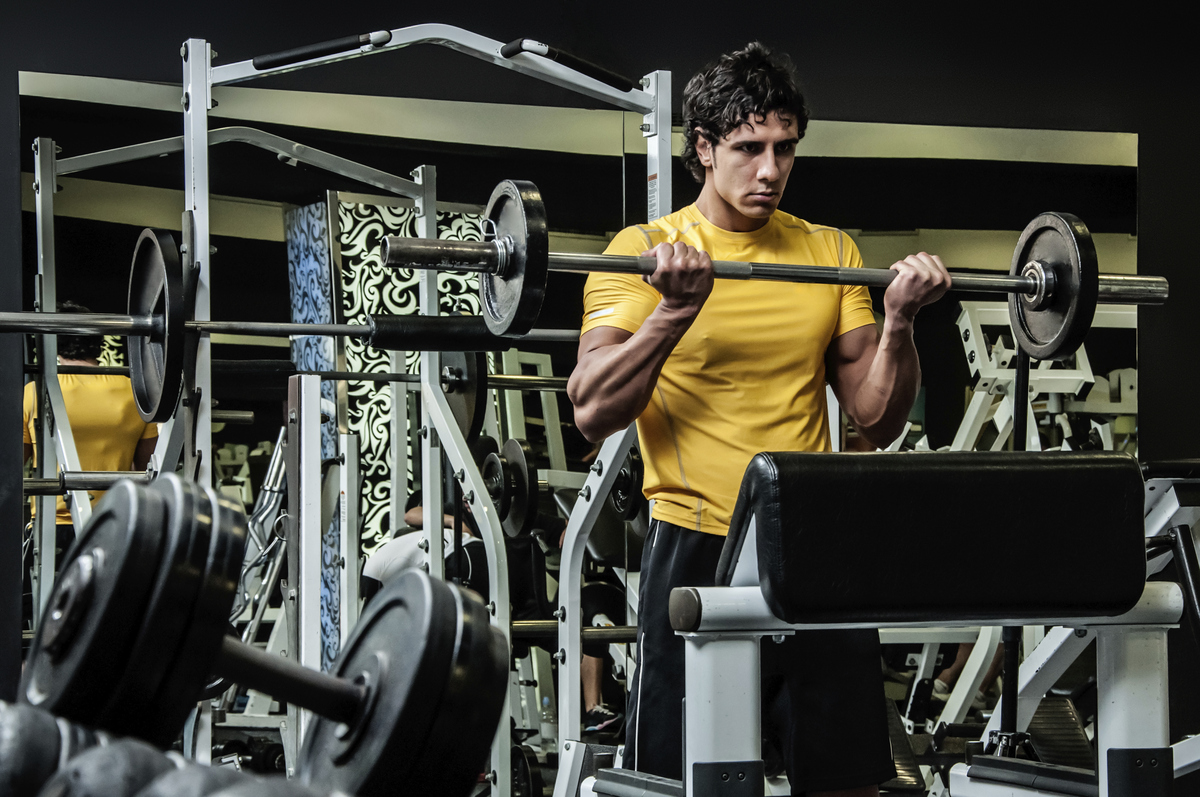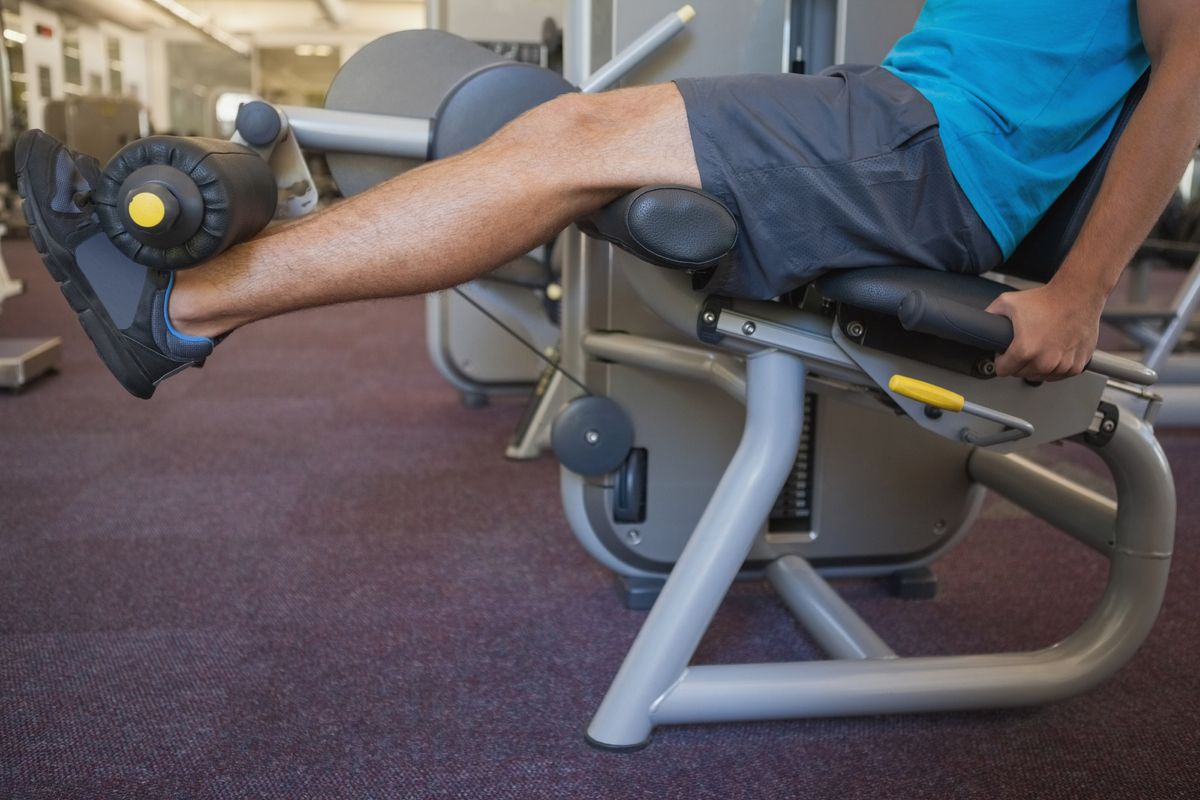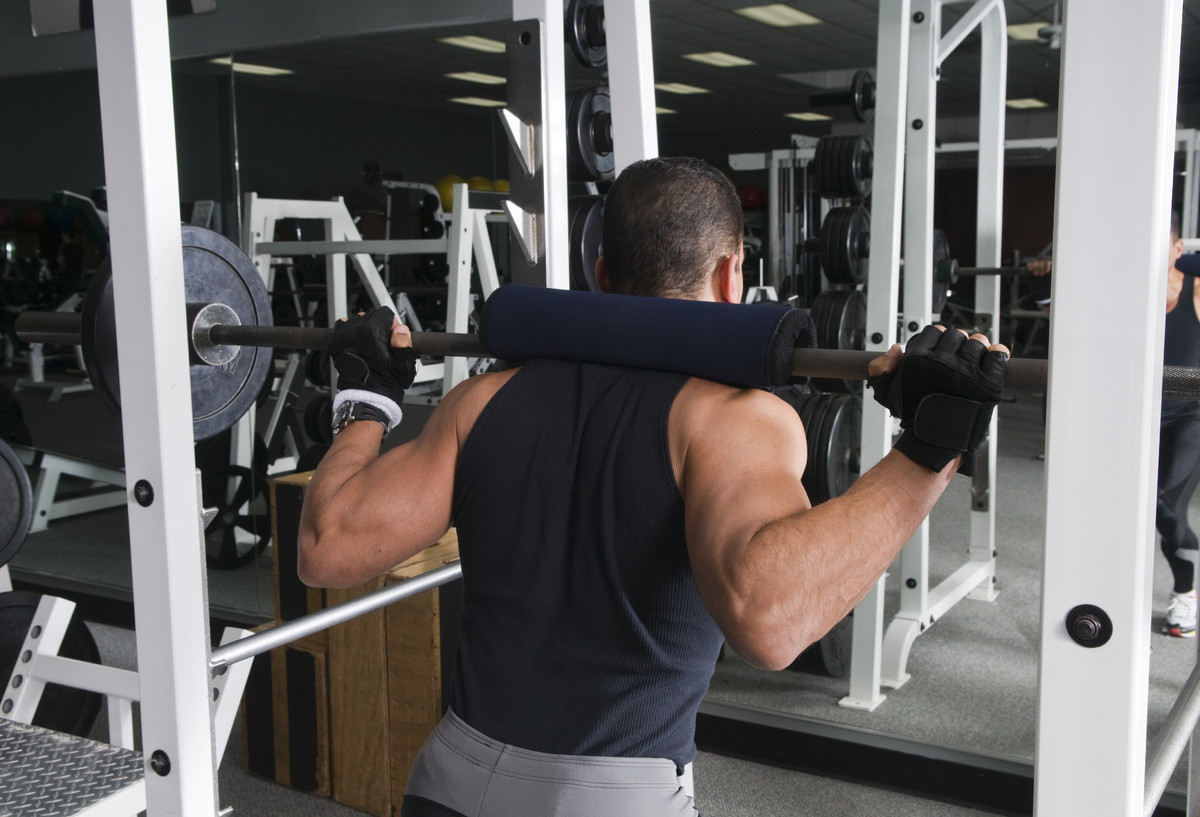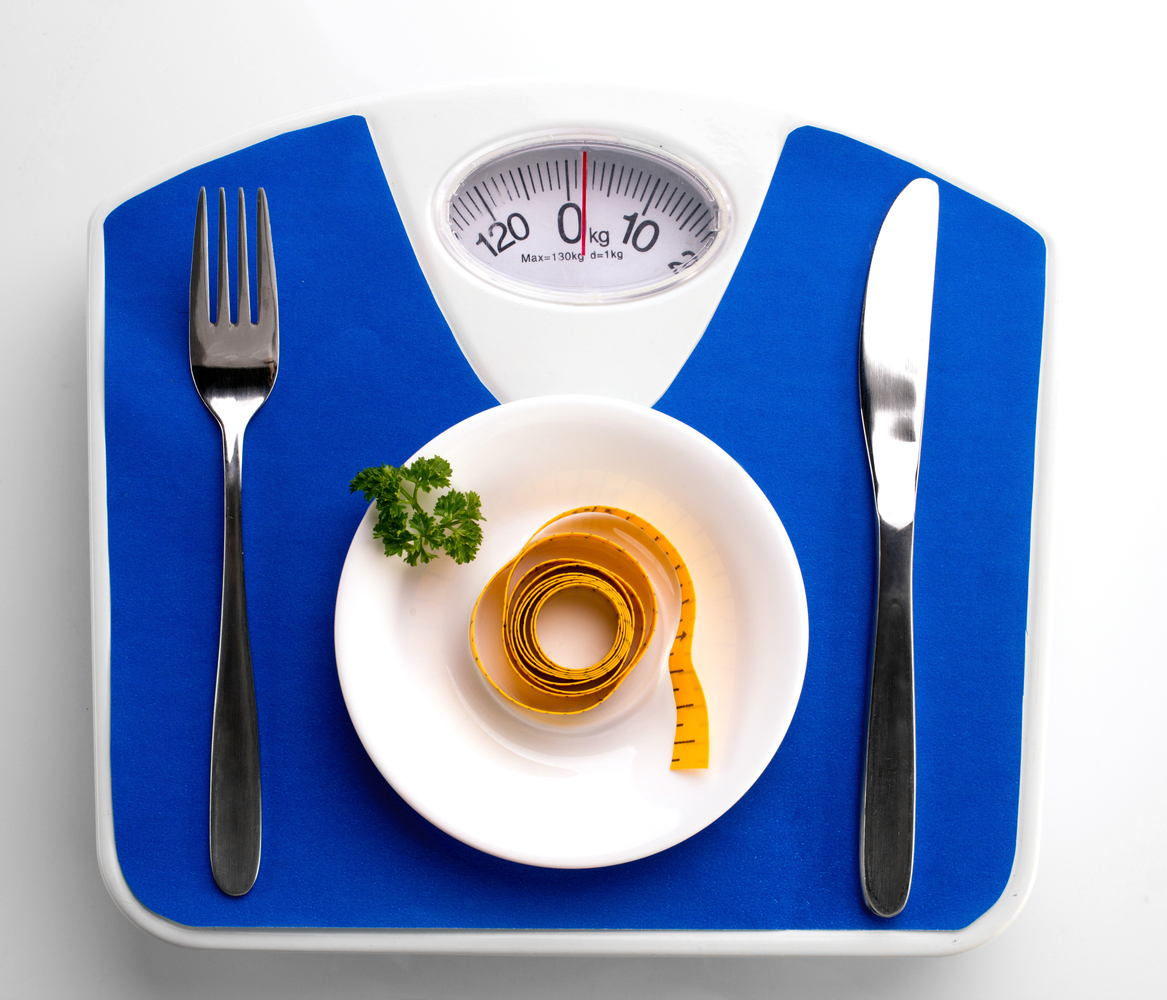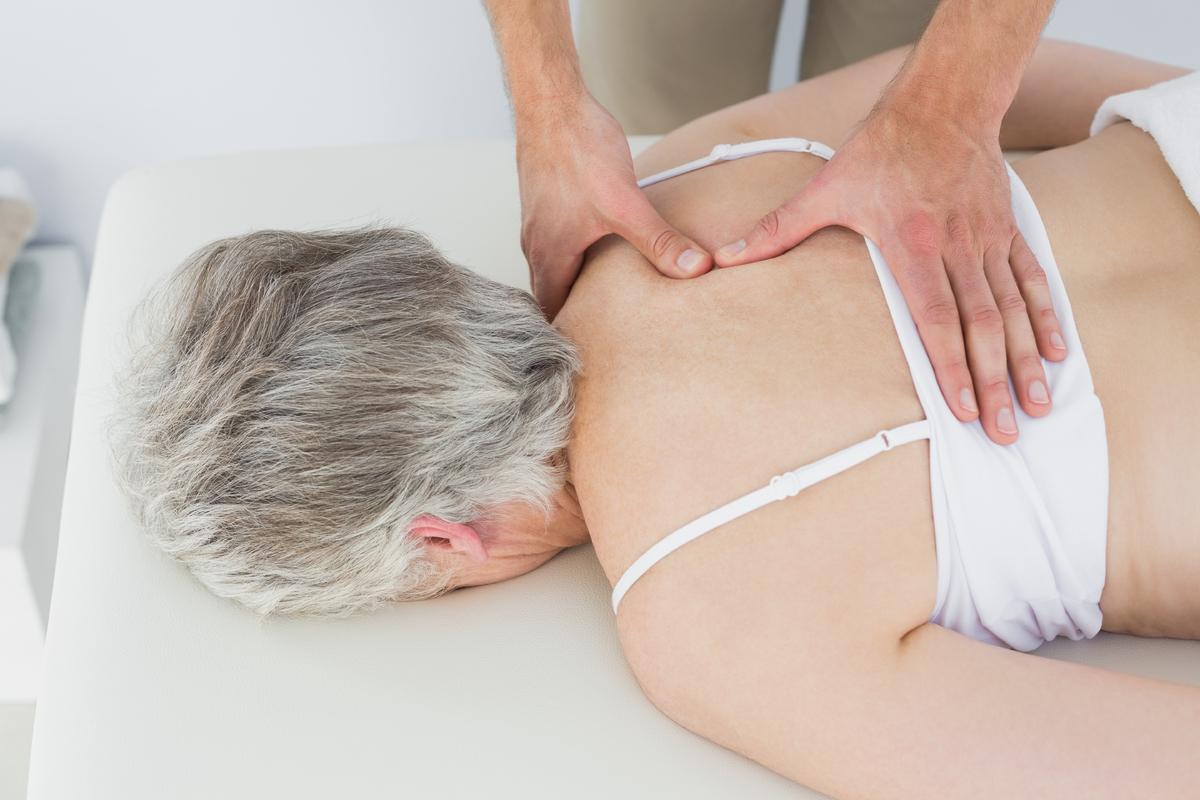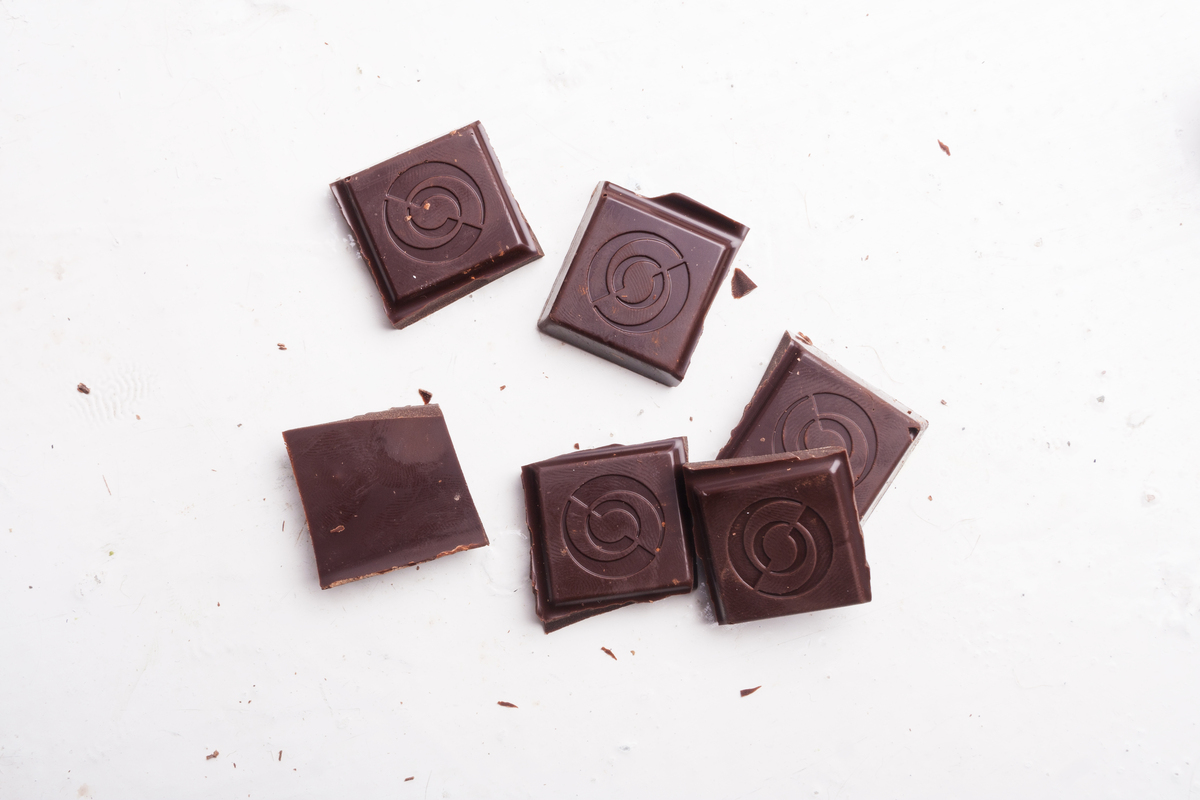Whether you're constipated
Uh-huh, we feel it immediately. Your stomach is firm to the touch. But it's OK—we'll get things moving for you, and teach you some self-techniques too (like tracing the words "I love you" into your stomach). Don't blush: We all tend to need support in that area sometimes.If your allergies are flaring
You have pressure points over your eyes, forehead, cheeks, and even around your jaw. When these are tender and inflamed, and the quality of the tissue feels different, we know you might be dealing with pesky allergies. Lymph nodes in the chest, around the neck, and under the armpits will also be tender and swollen.That you cross your legs often
Crossing your legs isn't good for you. Even if you're just crossing at the heels, you put a lot of pressure on your hip flexors. In turn, the glute muscles shoot pain up to the lower back or down to the hamstrings and quads. That area is all connected. Crossing legs also causes an unnatural bend in your pelvic girdle, and prevents proper circulation. Don't do it!That you might have skin cancer
Massage therapists are the eyes for the back of your body, and we can spot irregularities in places you can't. We've noticed bright red, oddly shaped spots behind the knees or on the back of the hip, and when we do, we'll urge you to get it checked out. Clients have called us saying, "You may have saved my life."When you need a new pillow
There's a lot of trial and error that goes into finding the perfect pillow. You want to have your spine in as perfect alignment as possible. The pillow should support the shoulder enough to not bunch up around your ears. Over time pillows should be turned around, fluffed, or replaced when their appearance gets a bit deflated or you no longer feel supported in your sleep.If your head is tilted down or up, it'll put strain on your neck. And speaking of strain, we beg: Don't sleep on your stomach. It places incredible pressure on your spine and neck. Sleep on your back or side. You can tuck a pillow between your knees or under your arms to be more comfortable.
If you're prone to low back pain
We'll know even if you don't say so. When you lay on the table, we'll check to see if one hip is higher than the other. That type of misalignment is caused by tightness in the low back, a result of prolonged sitting or poor posture, and usually results in pain.When you're on your back, we'll also see how much space is between the table and your low back. Sometimes too much belly weight can cause the stressed gap, which may also lead to aching.
That you've been stressed out
We know you're uptight if you're a bit too chatty or can't focus on relaxing. Plus, your body's response to the massage will be different. Not all massage therapists believe that toxins are released during massage, but those who do take sweating or bad breath as signs that it's the first time you've let loose in a while.That you work at a computer
You'll have a forward roll of the shoulders from looking at that monitor all day, and your back will be strained from remaining still for hours. An easy fix: quick stretches at your desk. Tense your shoulders up around your ears, squeeze for five to ten seconds, then drop and let gravity pull down your shoulders. Or, rotate in your chair like you're driving a car in reverse, and hold for a count of ten. Believe us, it will make a difference.That you suffered injuries as a kid
We'll notice the injury patterns even you may have forgotten about. We'll see the aftermath of that childhood sledding accident, or that you once broke your leg, and then you'll tell us about an injury a decade ago. A broken leg is often slightly shorter than the healthy leg, but when we examine you with both legs side by side, it's obvious.That you're a textaholic
If we rub your shoulders, and you tell us it hurts or it's tight, we wonder how much you've been texting. It's easy to forget how long you hold your head in that downward position, but be sure to look up and stretch every so often, because that prolonged posture will cost you dysfunction and imbalance in the shoulders.When you're hormonal
"Trigger points" tell us a lot about your body. These are sensitive areas, which feel stickier, tense, hot, or rubbery to us and painful to you. We'll know when you're about to get your period or when you're ovulating because of sensitive hormonal trigger points in your low back. A woman will ask, "What is that?" We'll tell her she's due for her period. Many times, she'll laugh and say she got it that morning.If you're dehydrated
We can always tell if you haven't been keeping up with your daily eight glasses of water. Trigger points in the upper back will be more tender when you're dehydrated. Drink up, especially on massage day.That you have physical challenges
Maybe you're extremely right side-dominant. Or perhaps you carry your children on your left hip. Whatever the reason, if we see you're overdeveloped on one side and you're a triathlete, for example, we'll know you have trouble swimming in a straight line. Try doing single arm or leg exercises with the opposite arm during off-season to even yourself out.If you traveled recently
We're a touch-phobic society. If you spent hours in an airplane, especially with a seatmate who took from your space, you likely sat on only one of your glute muscles and curled yourself away. Your strained spots will have a twisted pattern, caused by a lot of pressure on one side. Likewise, if you have significant stress in your neck, we'll guess you fell asleep without a pillow, likely hanging your head for hours.That your bra is too tight
Intimate, yes, but easy to tell. We can actually feel where a too-tight bra strap has been cutting across the shoulder blade, because the muscles above the scapula have tightened in response to the pressure. Same goes for a heavy backpack strap or purse—you're overexerting that muscle, and it's fighting back.When your job is taking a physical toll
Sometimes we see house painters who have predictable indents on both of their shins from leaning against a ladder eight hours a day. Another example: dentists. They have to work in a crooked position all day, so they typically carry their stress on the side of the table they work from.If you've been chilly
Your posture changes in the winter when it gets cold, because you hunch up your shoulders to your ears. It's instinct. During those months, chances are you come to us carrying stress on top of your shoulders and around the neck, and we know why.If you've given birth
Even if it's been a year or two since you had the baby, your ligaments may still be very loose. They stretch all over your body, not just in your hips and pelvic region. Some women have ankle and wrist problems, or they developed carpal tunnel during pregnancy. Happily, most of these issues resolve themselves over time.If you're a heavy smoker
If so, your breathing is heavier, deeper, and harder, or you might try to catch your breath during the massage. Often times, clients fall asleep while we're massaging them, and we can tell if they smoke by how often they gasp for air while snoring.That you're a runner
If you complain specifically about hip and foot discomfort, chances are you run regularly. The hips and low back will feel tight, and you also have tension in the bottom of the foot. We'll need to stretch you in specific ways to help with the pain.Sources: Jenn Sommermann, LCMT, a massage therapist in Freeport, NY; Jessie Bernstein, LMT, BCTMB, a massage therapist specializing in pregnancy and oncology in Baltimore, Md; Lance Johnson, LMT, a massage therapist in Gilbert, Az; and Alice Sanvito, LMT, a massage therapist in St. Louis, Mo.

